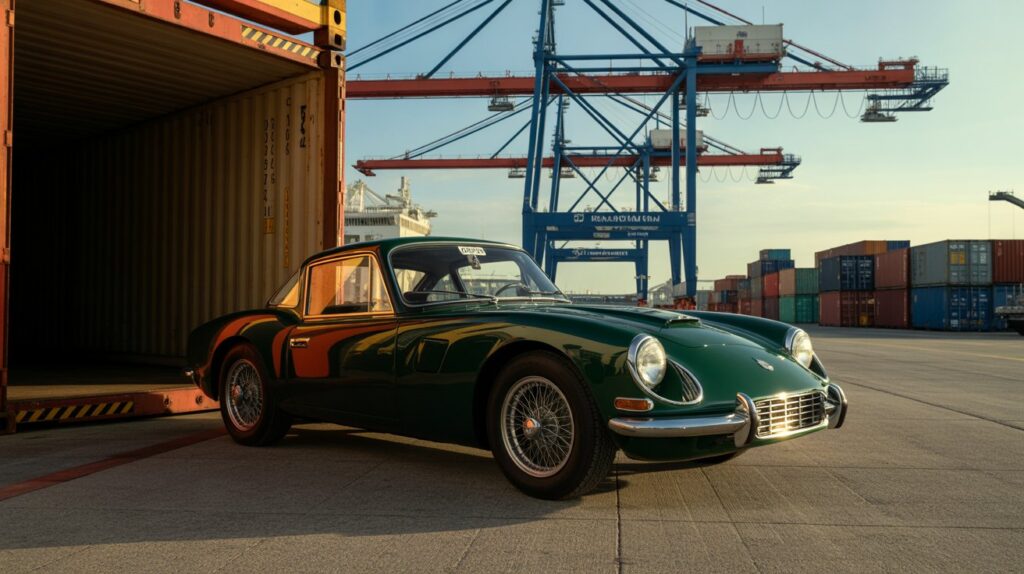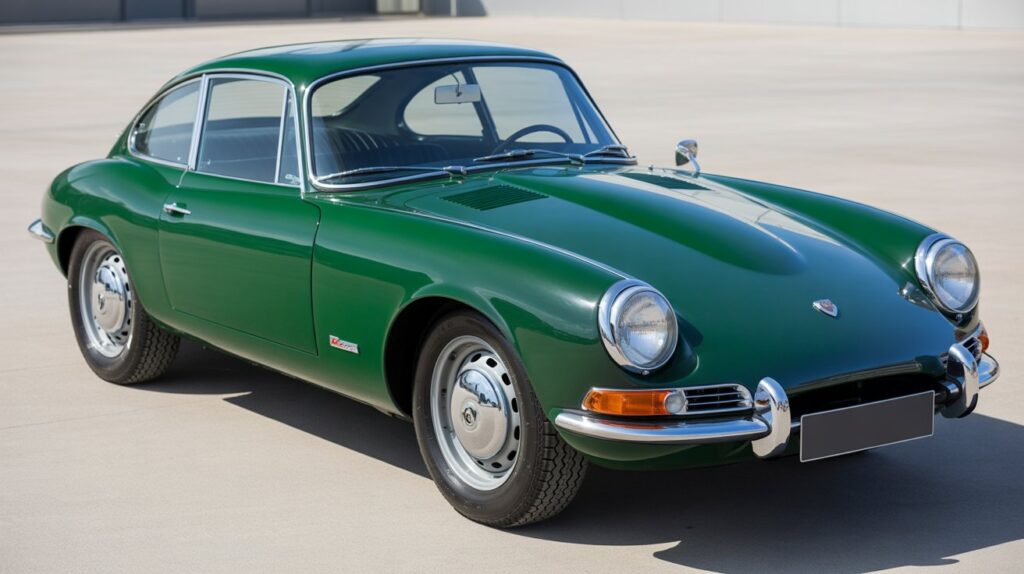Importing vintage cars from Europe to the US combines passion with precision. Every car has a story, and every import reflects craftsmanship and history. The process requires attention to detail, compliance with regulations, and an understanding of both export and import rules. The phrase vintage car import Europe to USA captures a journey that connects collectors with timeless machines from across the Atlantic.
Understanding the Appeal of European Vintage Cars
European car makers have long been admired for engineering and style. Brands like Mercedes-Benz, Jaguar, Alfa Romeo, and Porsche built vehicles that remain iconic decades later. Many collectors in the US seek models that were never released domestically. Importing such cars gives them access to rare builds and distinctive designs that shaped automotive history.
Each import brings more than just a vehicle. It connects drivers to heritage and innovation. From manual transmissions that demand skill to handcrafted interiors, these cars represent an era when driving was an art.
Legal Requirements Before Importing
Before moving forward with a vintage car import Europe to the US, compliance with federal standards is key. Cars over 25 years old are usually exempt from modern safety and emission regulations. This exemption simplifies the process and allows older cars to keep their original form.
Buyers must confirm the age of the car using official documentation. Title papers, registration certificates, and original factory records often serve as proof. Without verified records, US Customs may hold the vehicle or deny entry. Import approval also depends on Environmental Protection Agency (EPA) and Department of Transportation (DOT) conditions. Once these are met, the car can enter the country legally.
Choosing the Right Shipping Method
There are two main shipping options for vintage vehicles. The first is Roll-on/Roll-off (RoRo) service. Cars are driven onto a transport vessel, secured, and then offloaded in the US. RoRo shipping works best for running vehicles and is generally affordable.
The second method is container shipping. The car is placed inside a sealed container, often shared with other cargo. This approach costs more but offers extra safety against moisture, scratches, or movement. For high-value vintage imports, many collectors prefer the container method to preserve condition.
Customs Duties and Fees
Import duties and taxes depend on the vehicle’s classification. For most vintage cars, the duty rate falls around 2.5% of the declared value. It’s important to declare the true value to avoid penalties. Customs officers may request invoices, payment records, or appraisal documents to verify authenticity.
Port handling fees and inland transport costs should also be considered. These expenses vary based on destination and shipping service. A professional customs broker can manage the paperwork and speed up the release process. Their knowledge often prevents costly delays.
Insurance and Inspection
Insurance protects against loss or damage during shipment. Specialized coverage for vintage vehicles is available through international auto insurers. Policies can cover transit damage, theft, or total loss. Before shipping, a complete inspection should be performed to record the car’s condition.
Photographs and written reports are valuable evidence if claims arise. Once the car arrives in the US, a second inspection confirms its state and verifies compliance with customs declarations. This practice builds trust between buyers, sellers, and shipping companies.
Restoring and Registering Your Imported Car
Once the car clears customs, it must be registered in the state of residence. Some states require additional verification such as emissions tests or VIN checks. The process varies, but older cars often qualify for antique or collector registration.
Restoration work should begin only after full documentation is secured. Skilled mechanics familiar with European systems can restore the car to original specifications. Careful restoration maintains historical accuracy and supports long-term value.
Why the Effort is Worth It
A vintage car import Europe to the US offers more than transportation. It brings authenticity, engineering, and artistry from another time. Many owners find satisfaction in knowing their car once cruised the streets of Paris or Milan. These vehicles turn heads, spark conversations, and offer a direct link to automotive legacy.
Every successful import represents patience and respect for craftsmanship. With planning, the process becomes a rewarding project for any collector or enthusiast seeking a piece of European history on American roads.






